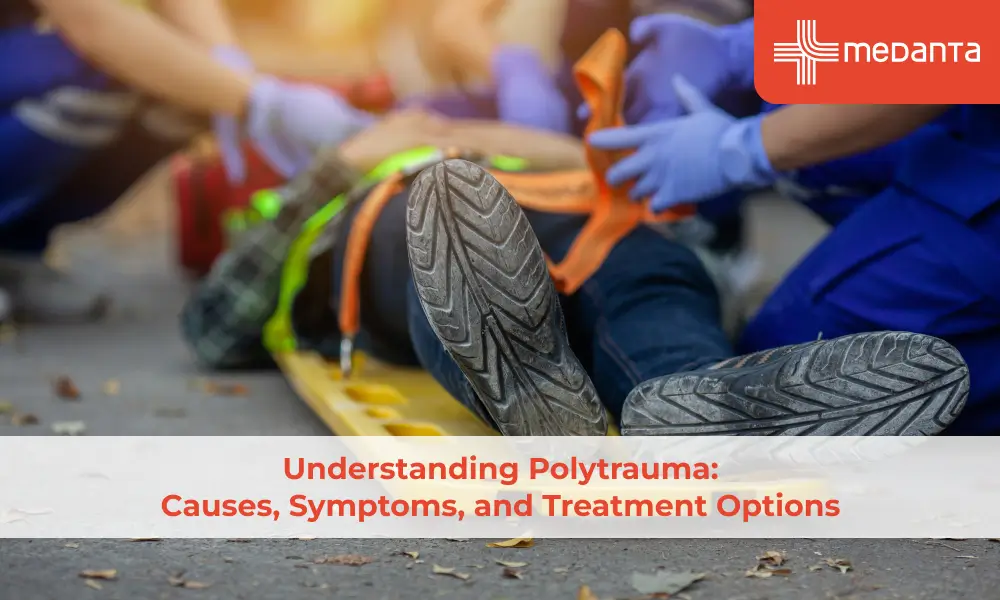Advance Radiotherapy Techniques - IMRT Vs VMAT

Nearly 50% of cancer patients undergo radiation therapy during their treatment journey. But what if we told you that the choice between VMAT and IMRT could mean the difference between life-saving precision and soaring medical bills? Which path would you choose for your cancer treatment? This blog will talk about VMAT and IMRT, comparing their advantages, disadvantages, and cost considerations in the context of India.
What IS IMRT (Intensity-Modulated Radiation Therapy)?
IMRT, like VMAT, is a highly advanced radiation therapy technique that customises the intensity and shape of the radiation beam to the tumour's exact specifications.
How IMRT Works in Cancer Treatment
IMRT radiotherapy in cancer treatment uses a computer-controlled system to divide the radiation beam into multiple smaller beams of varying intensity. By adjusting the intensity of each beam and their angles, IMRT can deliver highly conformal radiation doses to the tumour, sculpting the radiation precisely to its shape.
Benefits of IMRT
- Conformal Dose Distribution: IMRT's ability to modulate radiation intensity allows for precise targeting of tumours, minimising damage to nearby healthy tissues and organs.
- Minimised Damage to Surrounding Tissues: The ability to spare healthy tissue is especially crucial in cases where tumours are located near critical structures or organs.
- Improved Tumour Control: IMRT's precision often results in better tumour control rates and fewer treatment-related side effects.
What Is VMAT (Volumetric Modulated Arc Therapy)?
VMAT is a cutting-edge radiation therapy technique that combines elements of intensity-modulated radiation therapy (IMRT) with the efficient delivery of radiation in a continuous arc. It is designed to precisely target cancerous cells while minimising exposure to healthy tissue.
How VMAT Works in Cancer Treatment
VMAT employs a linear accelerator (LINAC) that rotates around the patient, delivering radiation from multiple angles simultaneously. The machine modulates the intensity of the radiation beam and adjusts the speed and shape of the rotation to conform to the tumour's shape. This dynamic approach ensures that the tumour receives a high dose of radiation while minimising exposure to surrounding healthy tissue.
Benefits of VMAT
- Precise Dose Delivery: CAT's ability to shape and control the radiation beam with pinpoint accuracy allows for higher doses to be delivered to the tumour while sparing nearby organs and tissues.
- Reduced Treatment Time: VMAT's continuous arc delivery system significantly reduces treatment time compared to conventional radiation therapy techniques, improving patient comfort and convenience.
- Increased Patient Comfort: Shorter treatment sessions, coupled with precise targeting, often result in fewer side effects, enhancing the overall treatment experience for patients.
Advantages of IMRT over VMAT
IMRT also boasts several advantages over VMAT, making it the preferred choice in certain situations:
- Superior Conformity: IMRT's ability to modulate radiation beams to match complex tumour shapes makes it ideal for cases where conformity is paramount.
- Critical Structure Protection: IMRT is particularly effective when tumours are located near vital organs or structures, as it can spare them more effectively.
- Tumour Control Rates: IMRT's precision often leads to excellent tumour control rates and may be preferred in cases where maximising the likelihood of cure is crucial.
Cost Comparison in India
In India, cost considerations play a significant role in healthcare decisions. When it comes to radiation therapy, cost factors include equipment expenses, treatment duration, and the availability of advanced technologies.
.
Conclusion
VMAT and IMRT represent significant advancements in radiation therapy, offering precision and conformity that were previously unimaginable. While both techniques have their unique advantages and disadvantages, the choice between VMAT and IMRT should be tailored to individual patient needs, tumour characteristics, and cost considerations.
In a country like India, where healthcare affordability is a major concern, it's crucial for patients to have open and collaborative communication with their healthcare providers. The ultimate objective of any radiation therapy should always be to achieve the best possible outcome for the patient, while also minimizing potential side effects and preserving their overall quality of life.






